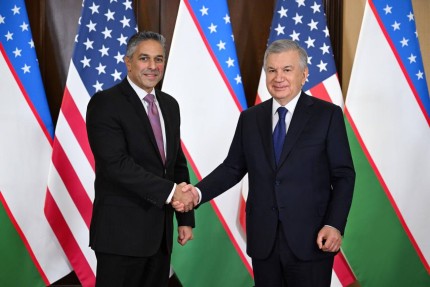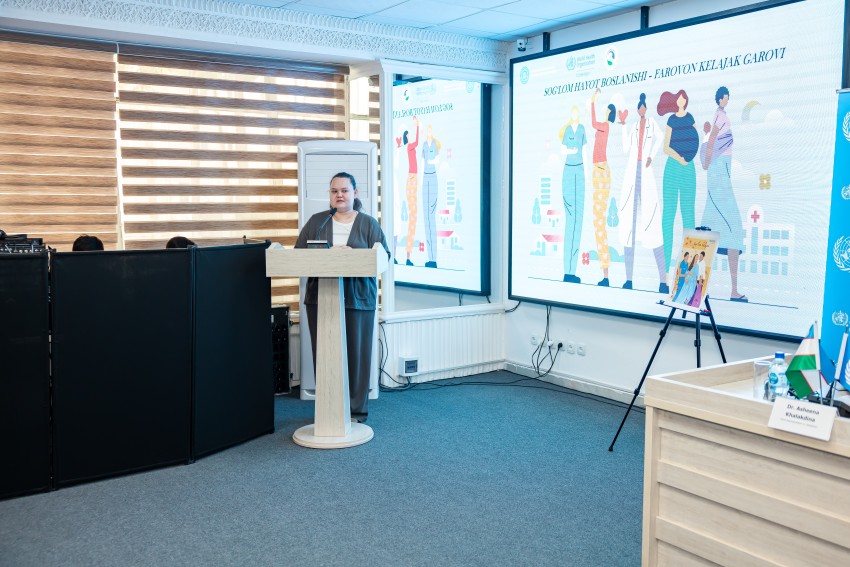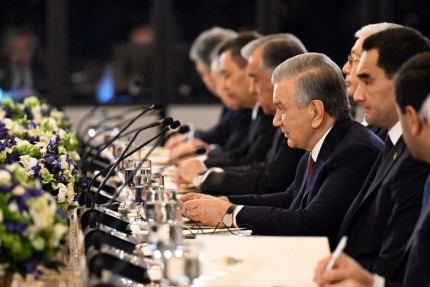Over just five years, Central Asia's urban population grew at rates ranging from 9 to 16%, a recent report by the Eurasian Development Bank (EDB) titled "Eurasian Infrastructure: Short- and Medium-Term Trends" said. The report underscores the burgeoning phenomenon of urbanization in Central Asia, emphasizing its profound impact on regional development.
The countries of the region, including Kazakhstan, Uzbekistan, and Kyrgyzstan, are experiencing rapid urban population expansion. This surge in urbanization is driving the demand for sustainable urban infrastructure.
Analysts predict that this trend will persist, spurring the development of contemporary housing and communal infrastructure tailored to meet the evolving needs of residents and businesses, while also advocating for the efficient utilization of resources.
Projections set out in the EDB report suggest that by the year 2035, the urban population in Central Asia will swell by an additional 15%, culminating in a total of 45 mn urban residents. This forecast poses fresh challenges for the region, necessitating robust efforts in urban infrastructure development and management to ensure the provision of comfortable living standards and an enhanced quality of life for residents.
Experts stress the imperative need to bolster investment in urban engineering and social infrastructure projects, alongside the adoption of digital management technologies. The modernization and construction of urban infrastructure in Central Asia present a formidable structural challenge akin to the criticality of effectively managing the region's water and energy resources.














